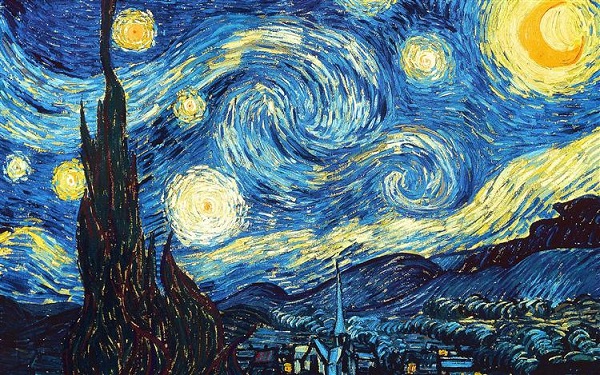FWP:
SETS == GROTESQUERIE
SKY {15,7}
To the lover, who walks painfully 'on the road of passion', the nights of separation-- and they're the only kind of nights he really knows-- seem to go on forever (as witness their immeasurableness in {97,2}). The night sky in its slow turning seems to creep along sluggishly, feebly, painfully, the way a person with blistered feet walks. And why is its movement like that? The 'objective correlative', the hinge on which the two lines pivot, is the equation of the stars with blisters. After all, they look white, as blisters often do; they are round and small and numerous, as blisters often are. The heavenly sphere is above us; if it moved, its 'feet' would be visible from below-- the soles of its feet, in fact, which are the most plausible places for blisters. It may sound a little strange for the stars to have feet, but after all, they have eyes (see {14,8} for proof), so why not feet as well?
Although the verse doesn't develop the kind of excessive physical
vividness about the blisters that {39,3} itself
does, I'd still put it in the 'grotesquerie' category (for more on this, see
{39,3}). To look up at the stars and see
them as blisters on the feet of the night sky-- who needs it? The worst of
it is that, as in {69,1}, to imagine blisters
on feet is to imagine their bursting-- and do we really want to envision a
rain of the fluid from burst blisters coming down on us from the celestial
sphere?

Nazm:
By saying mukaukab -- that is, 'star-possessing'-- he has made manifest the sphere's being blister-footed, and he's given for the stars the simile of blisters. (199)
== Nazm page 199